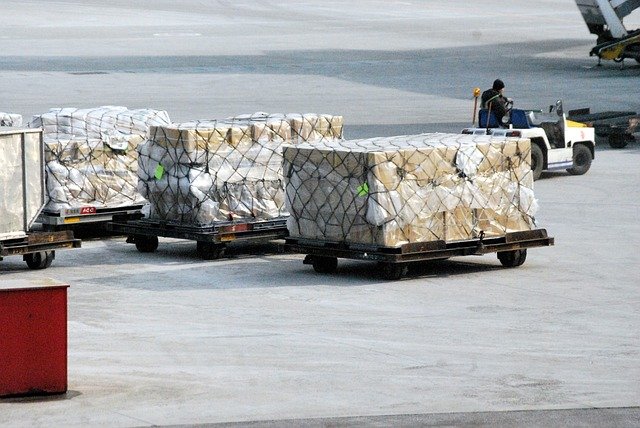
-
The air cargo industry is expecting “brisk business” in the remaining months of the year as demand continues to increase and aircraft capacity improves
-
Philippine Multimodal Transport and Logistics Association, Inc. president Marilyn Alberto said the outlook is due to increasing e-commerce traffic and capacity and schedule problems in ocean freight
-
Freight forwarders are also now handling other types of shipments not usually shipped via air
-
Capacity in general has improved compared to last year but the situation remains fluid
-
Increased demand will keep rates high
The air cargo industry is expecting “brisk business” in the remaining months of the year as demand continues to increase and aircraft capacity improves, according to an executive of the Philippine Multimodal Transport and Logistics Association, Inc. (PMTLAI).
PMTLAI president Marilyn Alberto, in an email to PortCalls, said the outlook is not only due to the continuing increase in e-commerce traffic but also to a shift in greater use of airfreight mode from seafreight.
Pandemic-induced restrictions have caused widespread problems for the ocean freight sector, including capacity and scheduling issues and port congestion which have bumped up freight rates.
Alberto noted freight forwarders are also now handling other types of shipments not typically shipped via air. One such example is wire harness, a key component in the automotive industry which would have been normally transported by sea. Since the pandemic, Alberto said many charter flights have carried the commodity to Canada and the United States.
Airfreight capacity in general has likewise improved from last year when historic declines in space were seen as airlines cancelled flights due to global and local travel restrictions imposed to curb the COVID-19 pandemic.
Alberto noted, however, that “the situation is very fluid depending on developments happening in each country.”
For example, she said the surge in COVID-19 cases in China, particularly due to the Delta variant, resulted in the shortage of terminal workers in Shanghai Pudong International Airport, the world’s third busiest airport by cargo traffic. As of August 18, there have been instances of freighter flights cancelled, bulk space cargo not accepted by airport ground handling agents, and some flights departing with only half their load or even empty.
Notable, too, were the huge cargo backlog seen to last for weeks, and the rising cargo and terminal handling charges.
In the Philippines, more flights have resumed compared to last year but schedules are dependent on the changing quarantine restrictions and protocols imposed by the national and local government units.
Asked whether vaccine shipments are affecting capacity and competing for space on flights, Alberto said this has not been the case so far.
Rates in general though remain high due to increased demand.
Airlines have estimated that air travel will not recover until 2024, which Alberto earlier equated to “the time we have to wait before we can enjoy better rates from airlines.” She added some industry players no longer expect rates to return to pre-pandemic levels.
Meanwhile, the PMTLAI president said they expect airlines to put more focus on cargo services. Most airlines have been recording higher cargo revenues, offsetting significant declines in passenger revenues stemming from travel restrictions.
Still, a rush to acquiring freighters may not be in the immediate horizon with airlines possibly first choosing to convert passenger aircraft into cargo carriers.
Alberto said that last year, airfreight forwarders used a significant number of “preighters,” or passenger aircraft used as freighters, as well as cabin flights, to carry cargo and augment capacity of freighters. – Roumina Pablo




